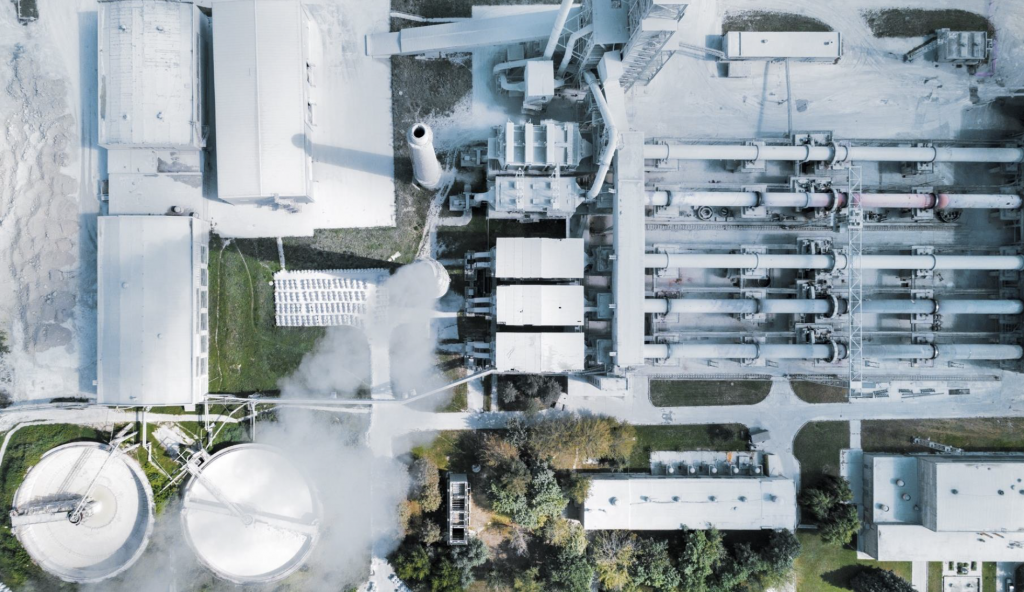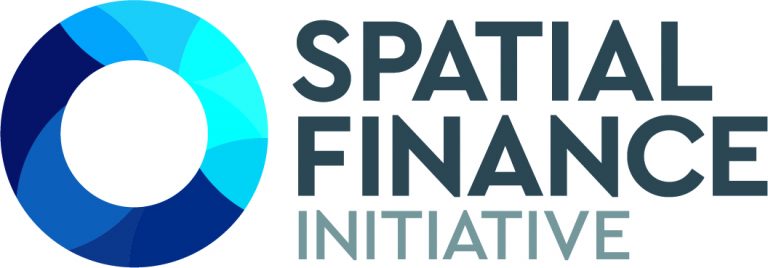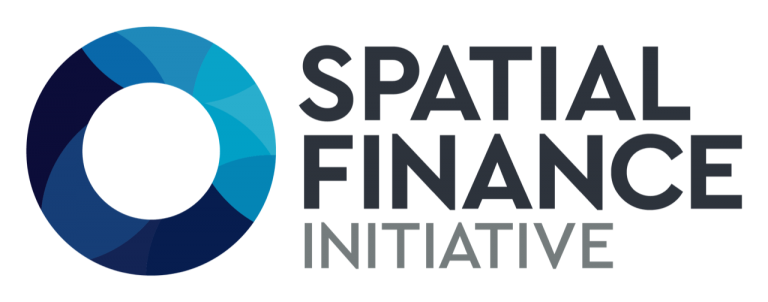
A list with frequently asked questions about the GeoAsset databases and the data collection methodology.
General
- How is cement made?
- There are several steps involved in the production of cement. The first step involves the creation of a mixture of raw materials consisting of approximately 90% limestone and other materials, including clay, iron ore and bauxite. The next step in the production process is the creation of clinker. In clinker production the mixture of raw materials is fed into a kiln heated to over 900°C, which transforms the limestone (CaCO3) into lime (CaO) and CO2. Finally, this clinker is ground and mixed with different ingredients to produce cement.
- How is steel made?
- Crude steel can either be produced from iron ore (primary steel making) or from recycled steel scrap (secondary steel making). The predominant method of primary steelmaking is the integrated or Blast Furnace-Basic Oxygen Furnace (BF-BOF) route. In this process BOFs are typically fed pig iron typically produced from iron ore and coking coal in a blast furnace (BF). Secondary steel making involves feeding scrap steel into an Electric Arc Furnace (EAF). EAFs can also be used for primary steel production by feeding pig iron or direct reduced iron (DRI) into the furnace instead.
- What is the scope and coverage of these databases?
- Both databases are global in scope. The current version of the cement database consists of 3,117 assets, which we estimate covers approximately 90% of total global cement production based on production estimates for 2020 from the USGS.[1] The current version of the iron & steel database consists of 1,598 assets, which we estimate covers approximately 70% of the total global crude steel production based on production estimates for 2020 from the USGS.[1]
- What types of cement production assets are included in the database?
- There are two primary plant types included in the global cement database: integrated and grinding plants. Integrated plants will have one or more kilns where the clinker is produced. There are two main clinker production processes: wet and dry. For each integrated plant we have also reported the specific clinker production process.
- What types of iron & steel production assets are included in the database?
- The global iron & steel database consists of a range of assets across the steel production process. These include assets that are involved in the procurement and processing of raw materials (in particular coking and pelletisation plants), the production of crude steel (integrated plants and mini-mills) and the production of finished steel products (downstream plants). For each plant type we also identify and report the primary production process that occurs at that site.
[1] USGS. (2021). Mineral Commodity Summaries. United States Geological Survey.
Methodology
- How were these databases constructed?
- We have used a mixture of methods to develop these databases. These methods included the use of remote sensing imagery, machine learning, crowdsourcing and desk research to identify and characterise cement and iron & steel production facilities globally. Initially, desk research was undertaken to develop training data and to link identified assets to its owner. After this initial desk research, machine learning models were developed and applied to remote sensing imagery to identify new plants that had not already been identified. This identification strategy was also complemented by crowdsourcing efforts to validate and annotate the identified facilities, which are used for the identification of plant and production type as well for the purposes of estimating the production capacity for cement plants.
- How was capacity information obtained?
- For most cement assets capacity was obtained from disclosed information by the companies or by an industry association. For some cement assets this capacity information was estimated using the dimensions of the plant and the number and dimensions of the kilns located at that plant. For those plants with modelled capacity the capacity source within the database is reported as “Estimated.” For all iron & steel assets the capacity was obtained from the capacity source disclosed within the database.
- What if I find a missing plant or an error?
- Please contact matthew.mccarten@smithschool.ox.ac.uk and christophe.christiaen@sa.catapult.org.uk to inform us about any errors, omissions or if you have any other feedback.
- How often will the databases be updated?
- We aim to update the databases at least annually, probably around the summer.
Credit
- Who built these databases and who funded it?
- Both databases have been developed by the Oxford Sustainable Finance Programme, Satellite Applications Catapult, and The Alan Turing Institute as part of the Spatial Finance Initiative GeoAsset Project. The development of these databases was funded by the Children’s Investment Fund Foundation (CIFF).
- How do I cite the data?
- The suggested citation for the cement database is: “McCarten, M., Bayaraa, M., Caldecott, B., Christiaen, C., Foster, P., Hickey, C., Kampmann, D., Layman, C., Rossi, C., Scott, K., Tang, K., Tkachenko, N., and Yoken, D. 2021. Global Database of Cement Production Assets. Spatial Finance Initiative”
- The suggested citation for the iron & steel database is: “McCarten, M., Bayaraa, M., Caldecott, B., Christiaen, C., Foster, P., Hickey, C., Kampmann, D., Layman, C., Rossi, C., Scott, K., Tang, K., Tkachenko, N., and Yoken, D., 2021. Global Database of Iron and Steel Production Assets. Spatial Finance Initiative”


